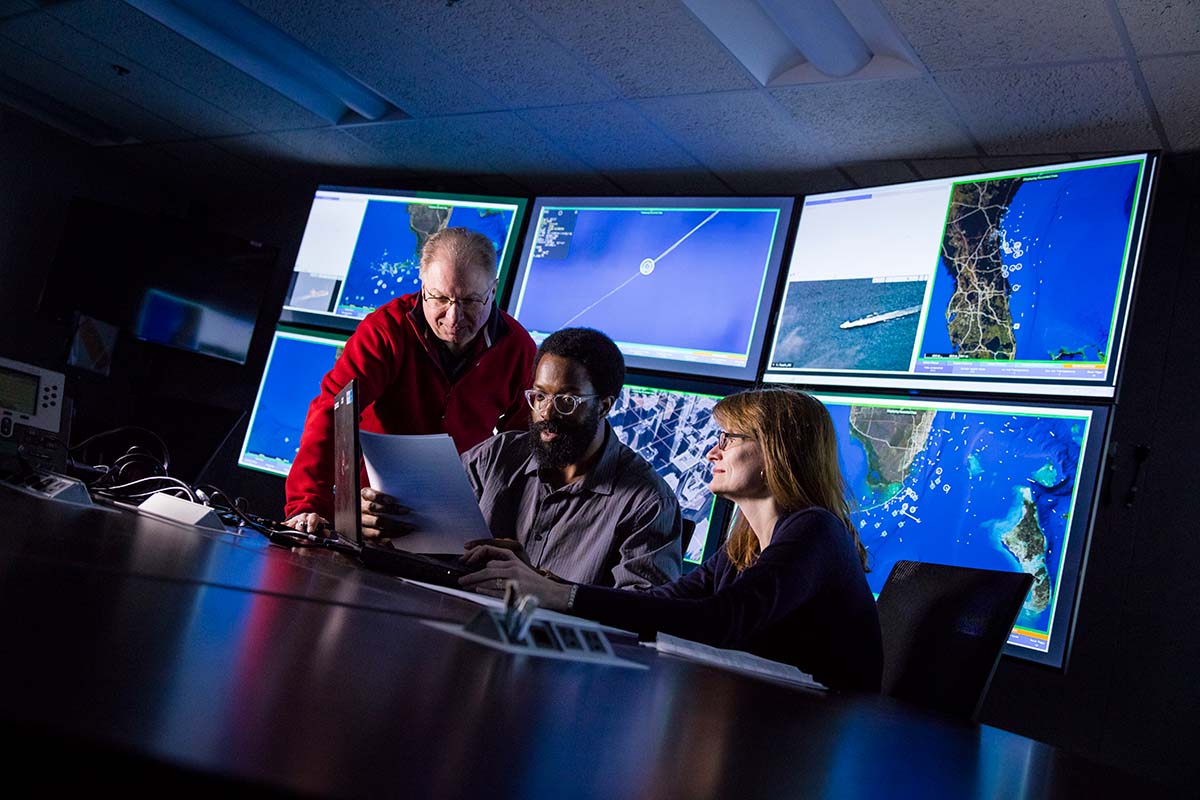
Systems Engineering
Foundational expertise in systems engineering
Johns Hopkins APL has been developing systems since day one, and our world-class expertise in systems engineering is applied to solve problems that are more complex and difficult than other organizations can address.
Since our founding in 1942, we have made critical contributions to critical challenges across a broad range of technical areas and systems. These accomplishments are based on our application of systems engineering principles and practices, tightly coupled with broad domain knowledge in the operational environments of these systems.
From developing systems in extreme environments to applying systems engineering principles to fields such as health care and artificial intelligence, we take on the role of problem solver for the nation’s most critical challenges.
Related Projects

ACAS X: Airborne Collision Avoidance for the 21st Century

Better Options for Data Analytics

Deployed with the Fleet
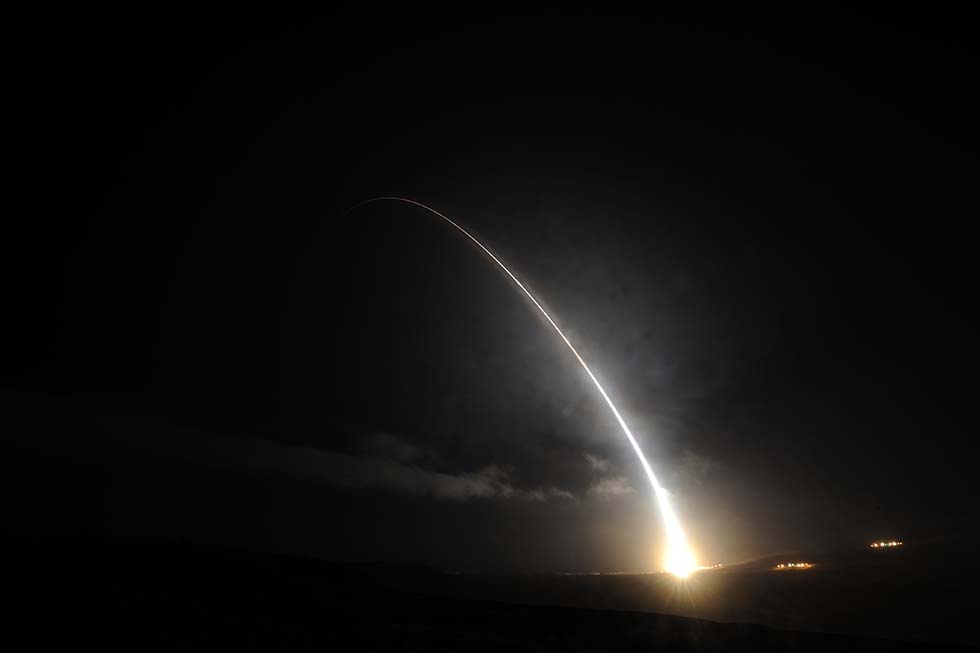
Dynamic Simulation
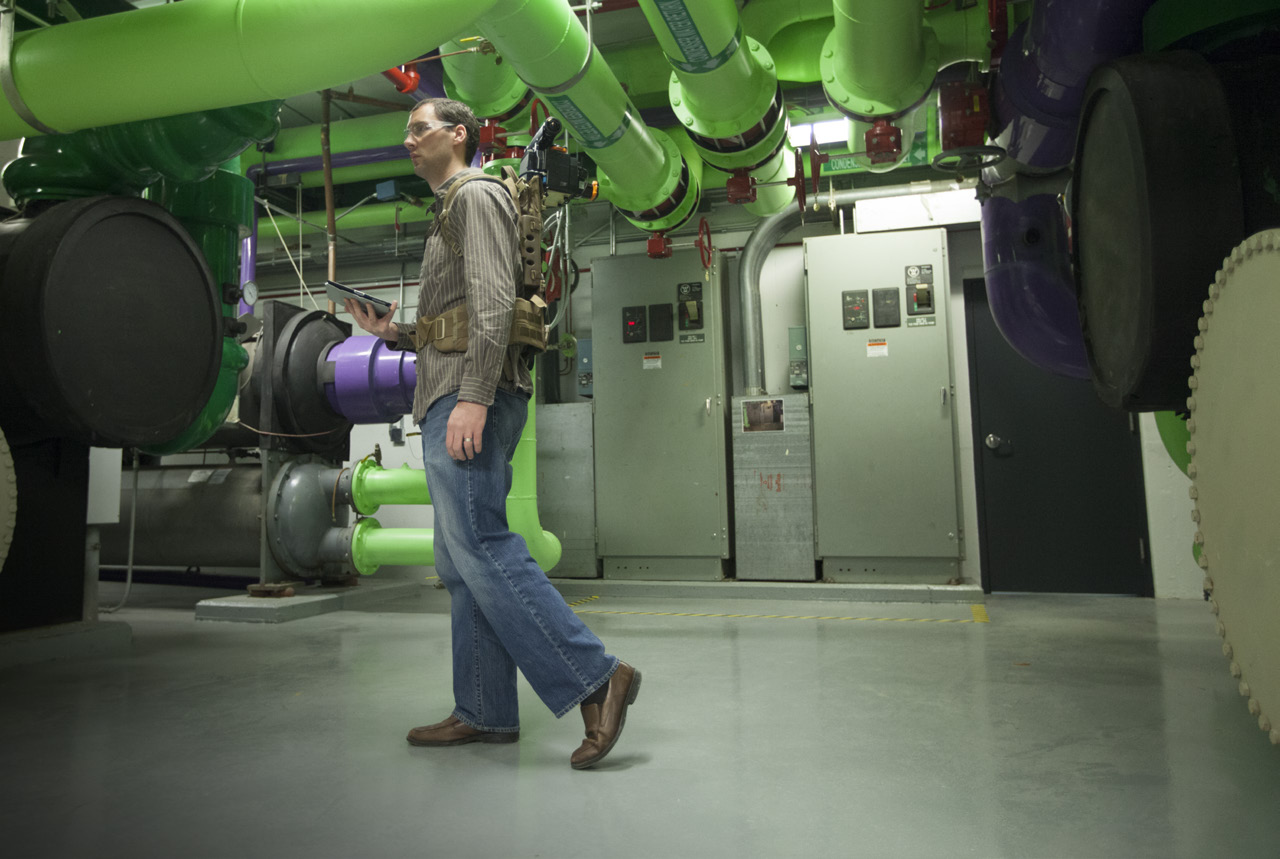
Enhanced Mapping and Positioning System (EMAPS)

Ground-Based Strategic Deterrent
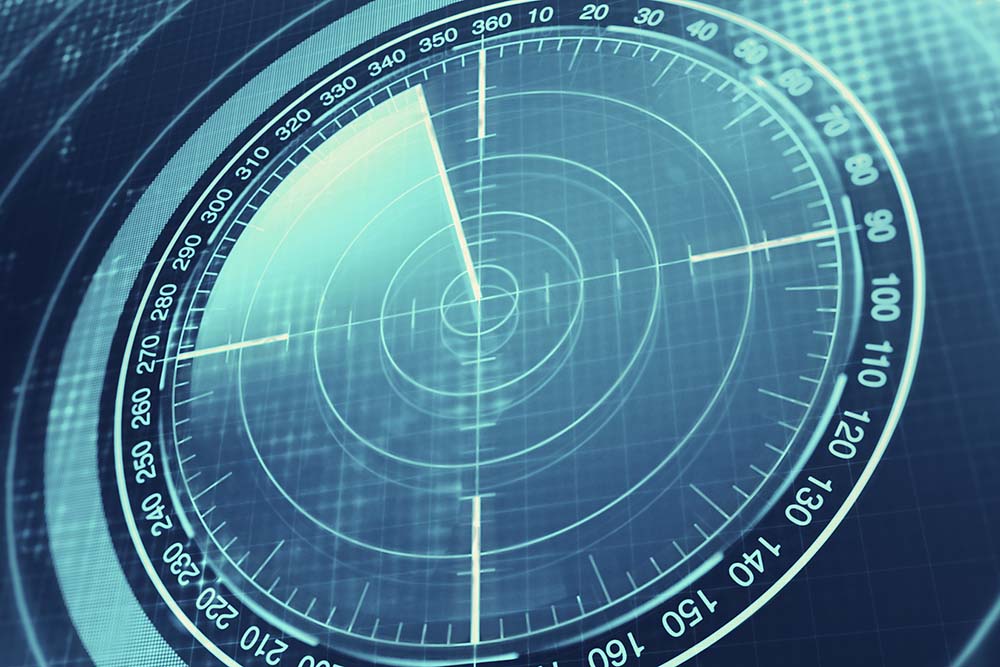
Integrated Undersea Surveillance Systems

Lifelong Learning Machines

Modeling Warfighter Decision-Making
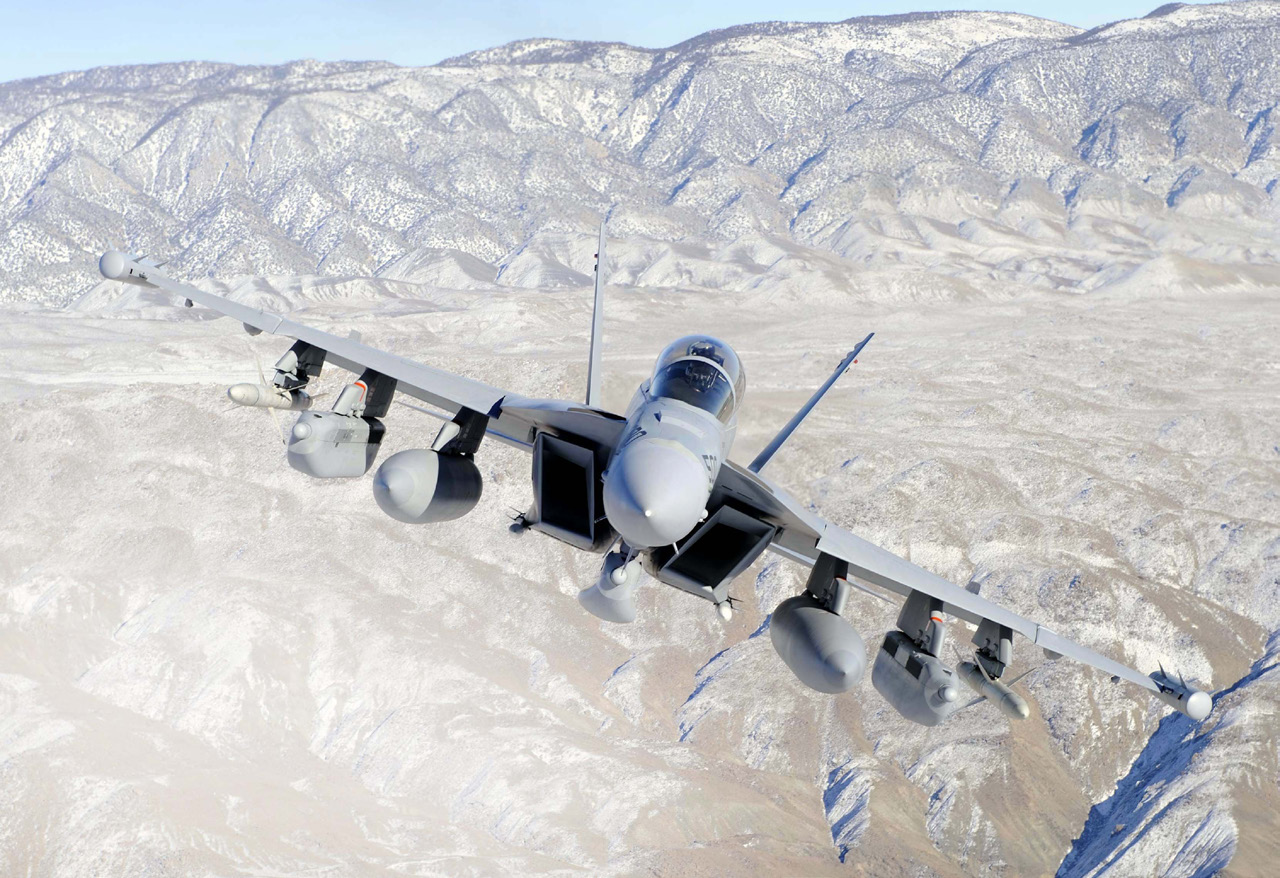
Next Generation Jammer
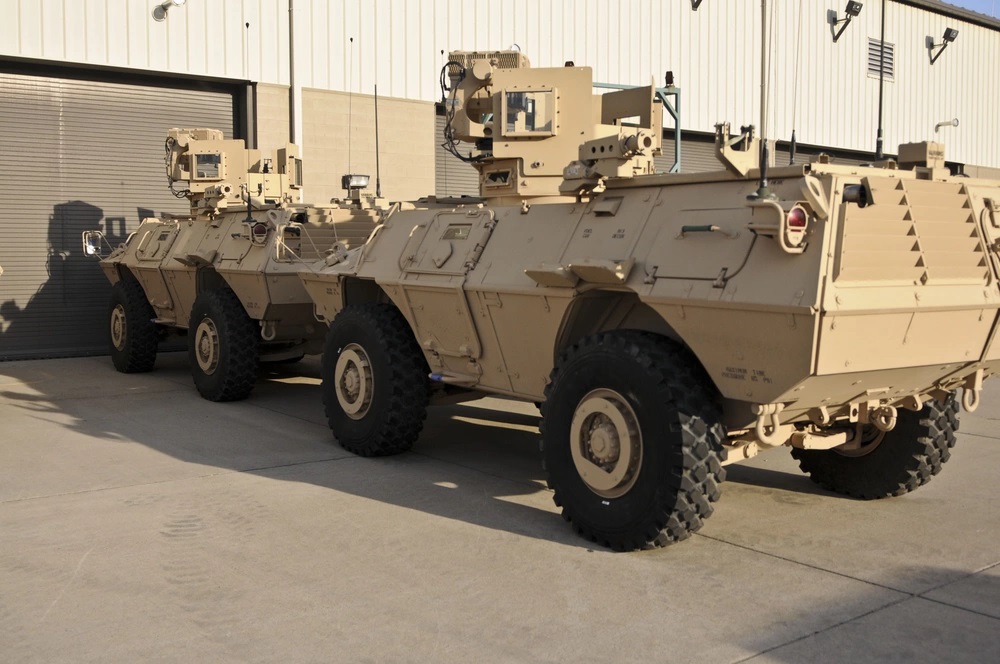
Precision Targeting

Rapid Prototyping for Launcher Training

Robust and Resilient Artificial Intelligence
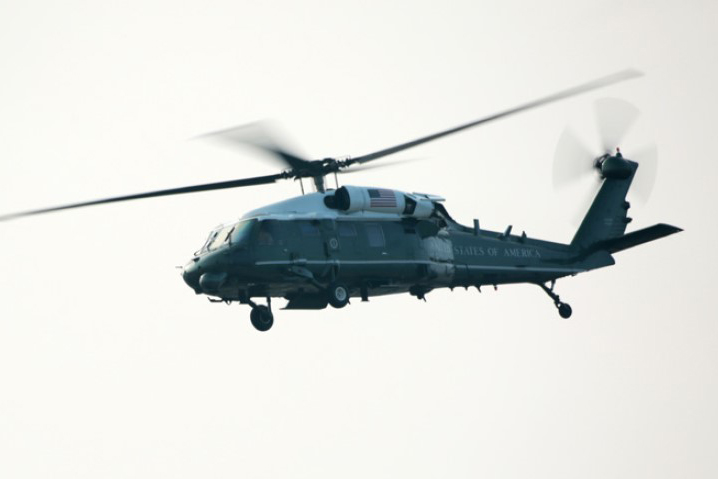
Senior Leader Helicopter Communications
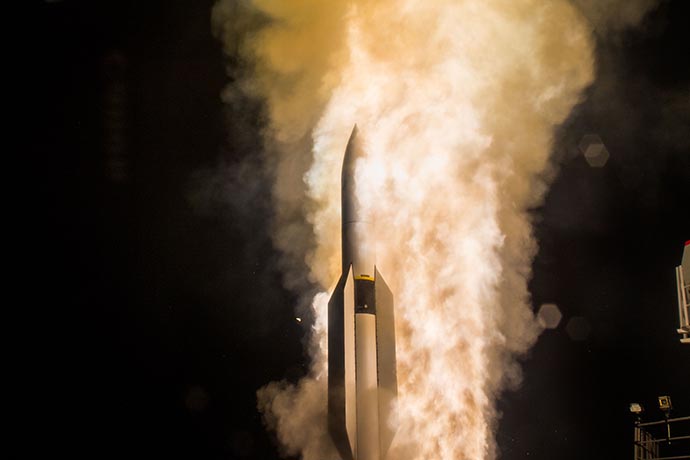
Standard Missile-3: The Next Generation
Related News

May 27, 2025
Engineering Tomorrow’s Quantum Computers
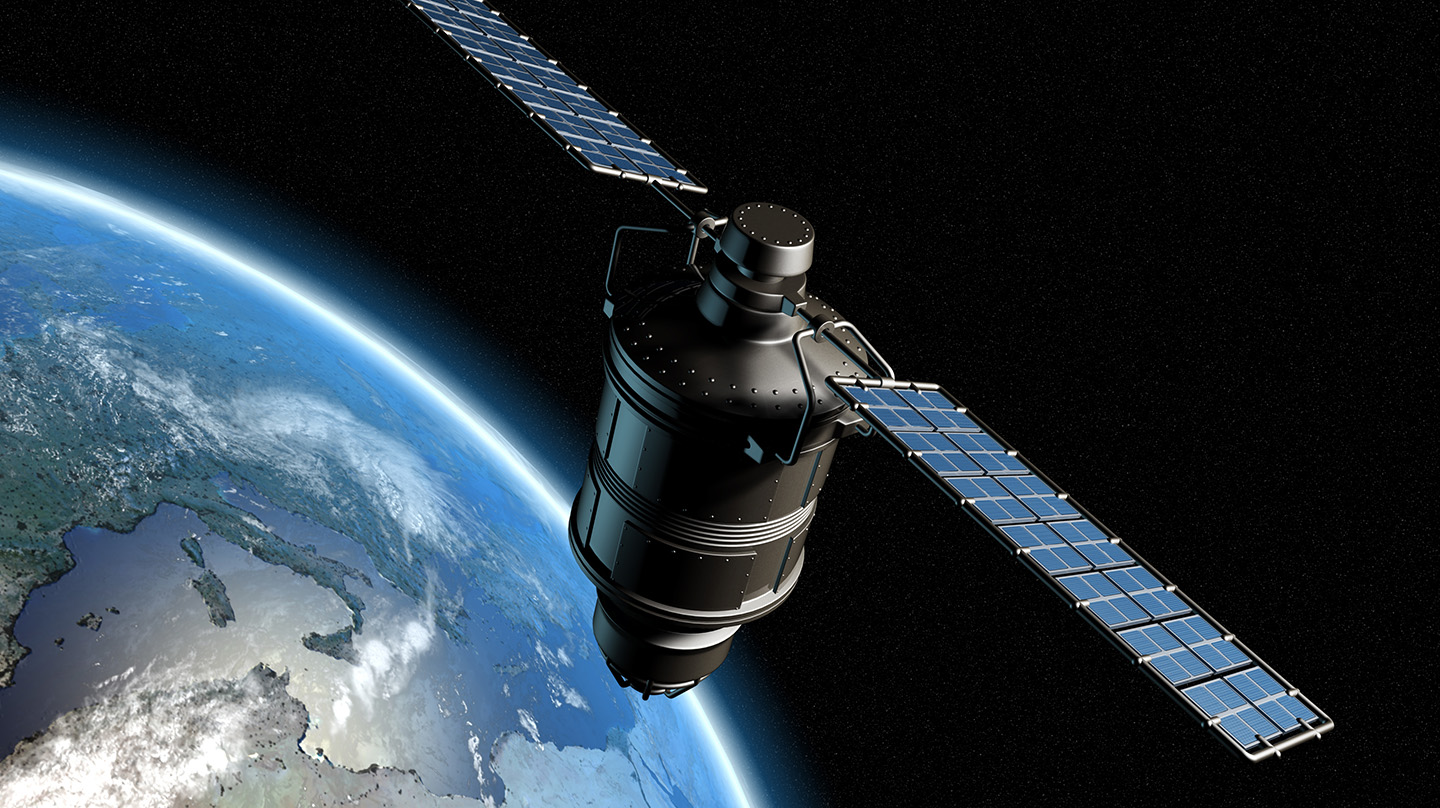
Feb 10, 2025
Johns Hopkins APL Program Helps Nation Protect Critical Assets in Space
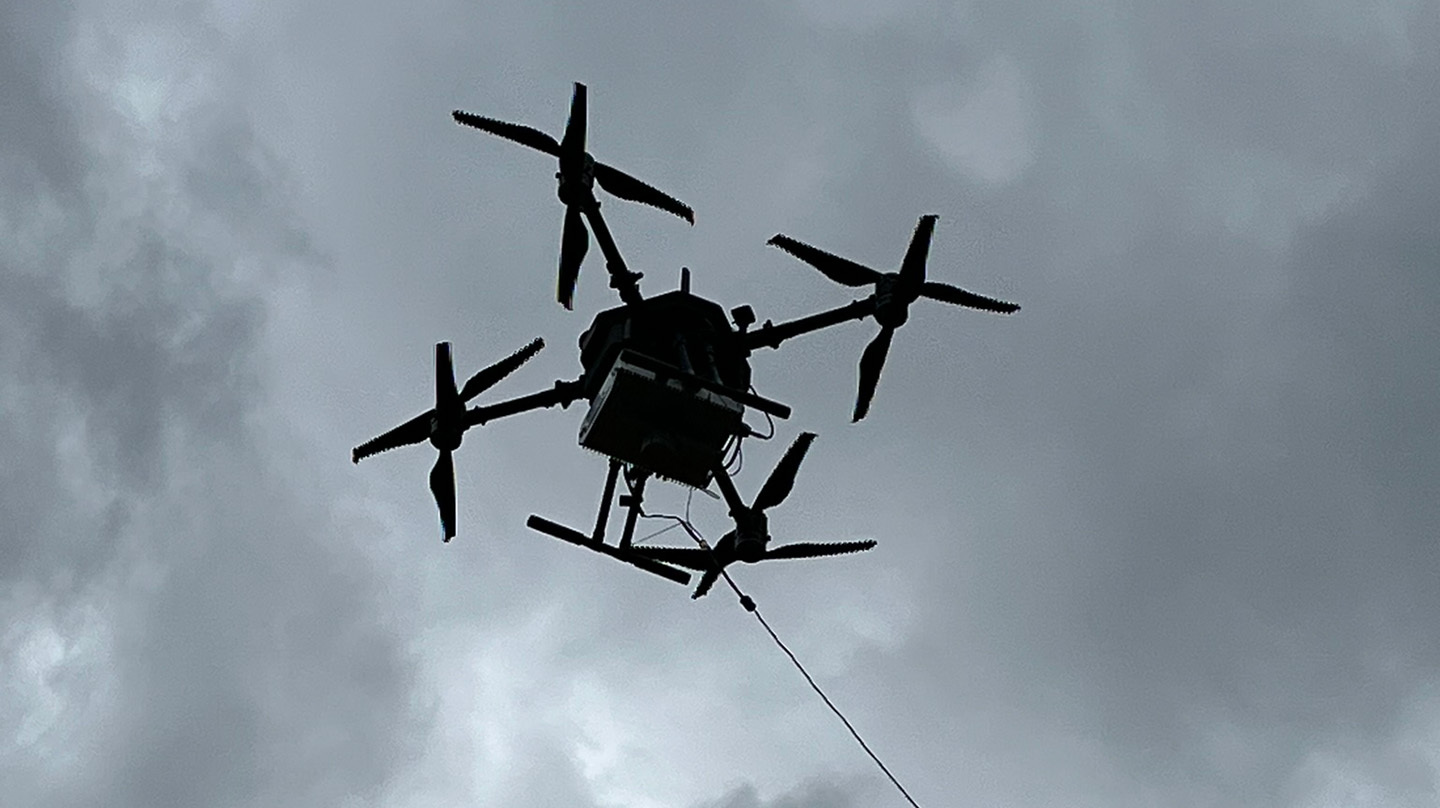
Jan 7, 2025
Nimble Cellular Networks Keep Tactical Users Connected

Dec 12, 2024
Johns Hopkins APL’s Sarich Honored With NDIA Undersea Warfare Division’s Bronze Medal
